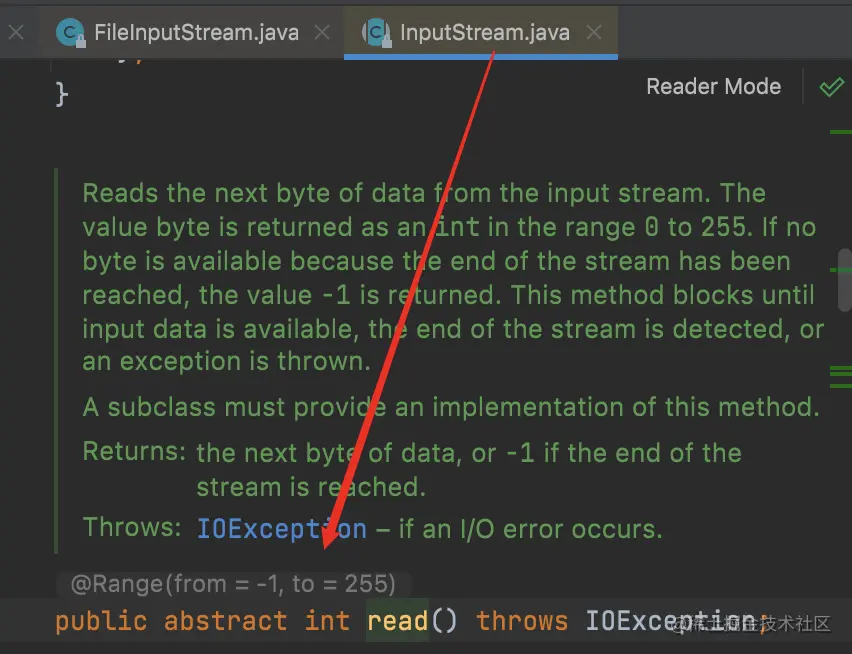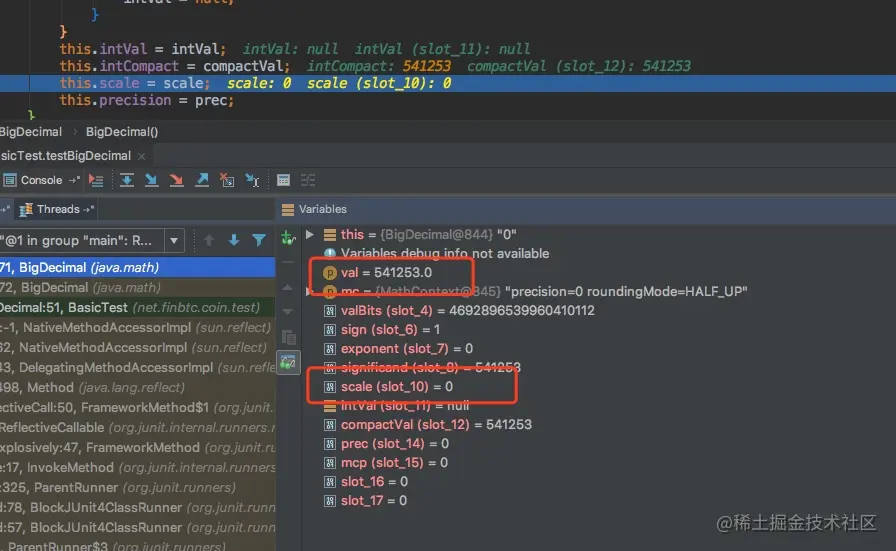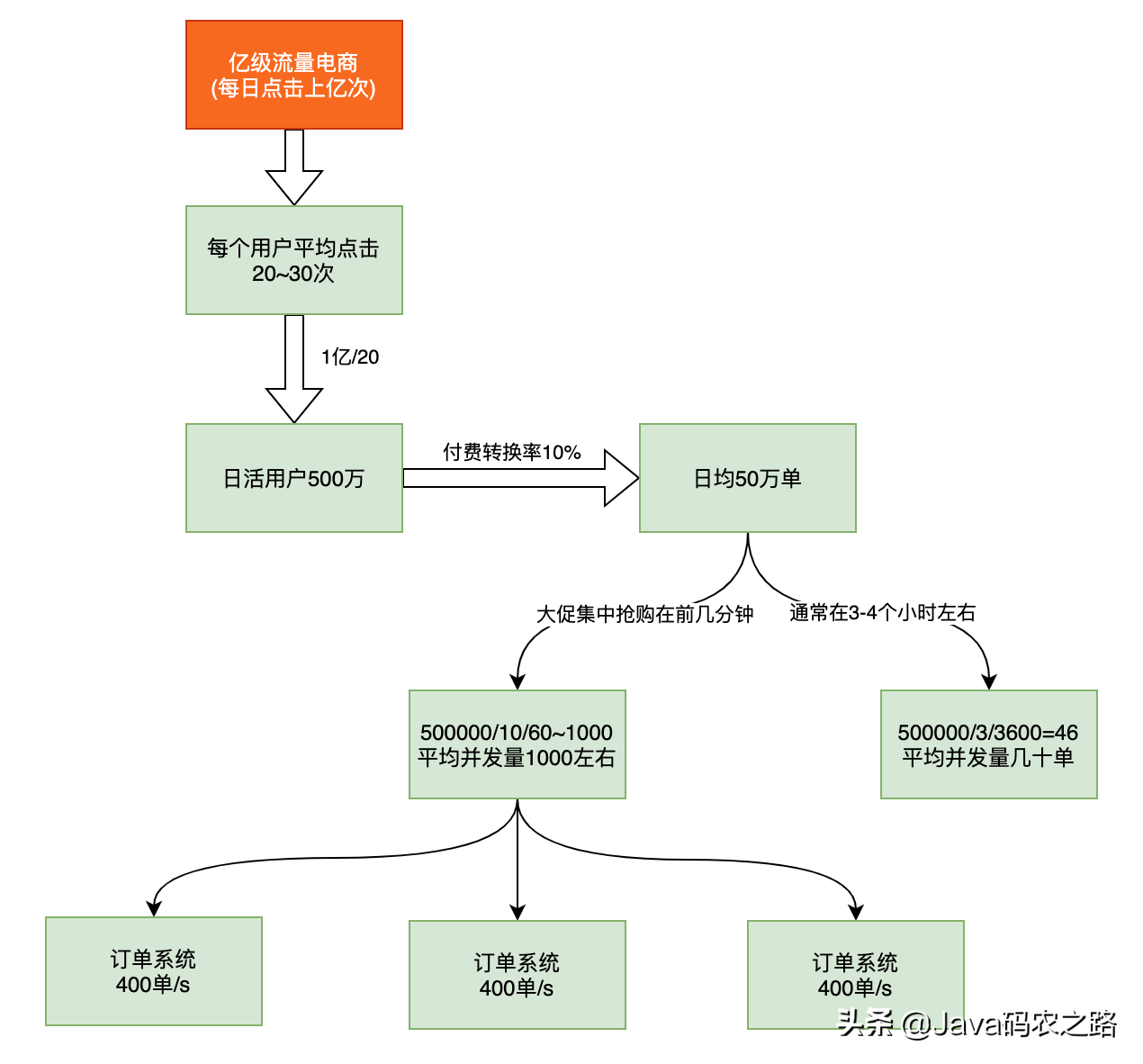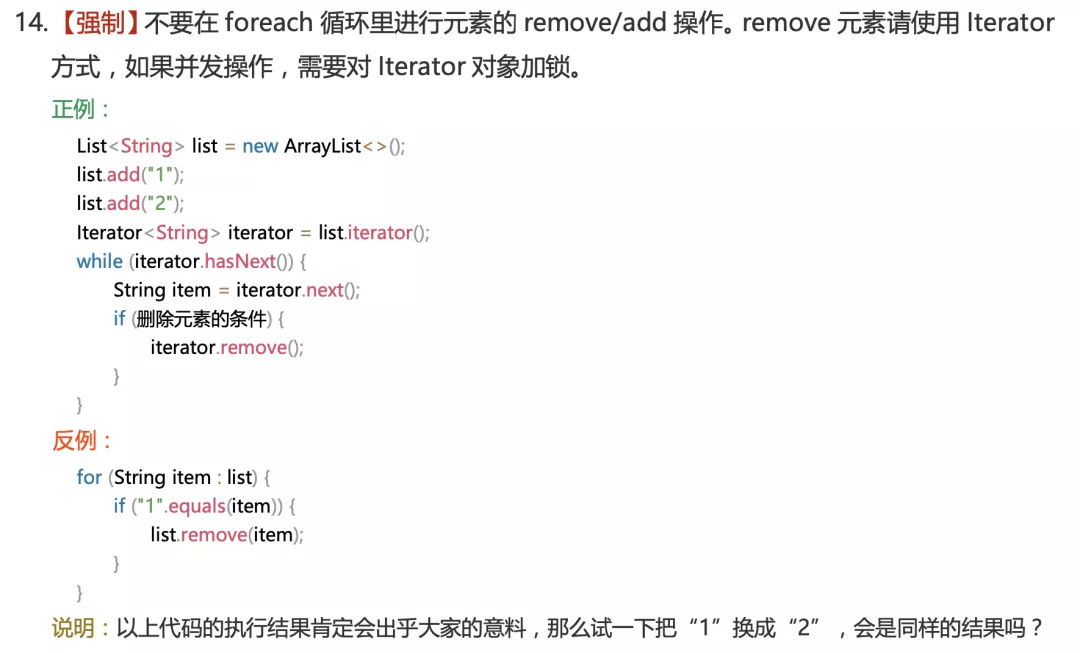Java基础 字节流、字符流
主要内容
IO 流
字节流
字符流
异常处理
Properties
教学目标
能够说出IO流的分类和功能
能够使用字节输出流写出数据到文件
能够使用字节输入流读取数据到程序
能够理解读取数据read(byte[])方法的原理
能够使用字节流完成文件的复制
能够使用FileWirter写数据到文件
能够说出FileWriter中关闭和刷新方法的区别
能够使用FileWriter写数据的5个方法
能够使用FileWriter写数据实现换行和追加写
能够使用FileReader读数据
能够使用FileReader读数据一次一个字符数组
能够使用Properties的load方法加载文件中配置信息
第一章 IO概述
1.1什么是IO
生活中,你肯定经历过这样的场景。当你编辑一个文本文件,忘记了ctrl+s,可能文件就白白编辑了。当你电脑上插入一个U盘,可以把一个视频,拷贝到你的电脑硬盘里。那么数据都是在哪些设备上的呢?键盘、内存、硬 盘、外接设备等等。
我们把这种数据的传输,可以看做是一种数据的流动,按照流动的方向,以内存为基准,分为输入input和
输出output,即流向内存是输入流,流出内存的输出流。
JAVA中I/O操作主要是指使用java.io包下的内容,进行输入、输出操作。输入也叫做读取数据,输出也叫做作写出数据。
1.2IO的分类
根据数据的流向分为:输入流和输出流。
输入流 :把数据从 其他设备 上读取到 内存 中的流。
输出流 :把数据从 内存 中写出到 其他设备 上的流。
格局数据的类型分为:字节流和字符流。
字节流 :以字节为单位,读写数据的流。
字符流 :以字符为单位,读写数据的流。
1.3 IO的流向说明图解

1.4顶级父类们

第二章 字节流
2.1一切皆为字节
一切文件数据(文本、图片、视频等)在存储时,都是以二进制数字的形式保存,都一个一个的字节,那么传输时一 样如此。所以,字节流可以传输任意文件数据。在操作流的时候,我们要时刻明确,无论使用什么样的流对象,底 层传输的始终为二进制数据。
2.2字节输出流【OutputStream】
java.io.OutputStream 抽象类是表示字节输出流的所有类的超类,将指定的字节信息写出到目的地。它定义了字 节输出流的基本共性功能方法。
public void close() :关闭此输出流并释放与此流相关联的任何系统资源。
public void flush() :刷新此输出流并强制任何缓冲的输出字节被写出。
public void write(byte[] b) :将 b.length字节从指定的字节数组写入此输出流。
public void write(byte[] b, int off, int len) :从指定的字节数组写入 len字节,从偏移量 off开始输 出到此输出流。
public abstract void write(int b) :将指定的字节输出流。
小贴士:
close方法,当完成流的操作时,必须调用此方法,释放系统资源。
2.3 FileOutputStream类
OutputStream 有很多子类,我们从最简单的一个子类开始。
java.io.FileOutputStream 类是文件输出流,用于将数据写出到文件。
构造方法
public FileOutputStream(File file) :创建文件输出流以写入由指定的 File对象表示的文件。
public FileOutputStream(String name) : 创建文件输出流以指定的名称写入文件。
当你创建一个流对象时,必须传入一个文件路径。该路径下,如果没有这个文件,会创建该文件。如果有这个文 件,会清空这个文件的数据。
构造举例,代码如下:
public class FileOutputStreamConstructor throws IOException { public static void main(String[] args) {
// 使用File对象创建流对象
File file = new File("a.txt");
FileOutputStream fos = new FileOutputStream(file);
// 使用文件名称创建流对象
FileOutputStream fos = new FileOutputStream("b.txt");
}
}
写出字节数据
- 写出字节: write(int b) 方法,每次可以写出一个字节数据,代码使用演示:
public class FOSWrite {
public static void main(String[] args) throws IOException {
// 使用文件名称创建流对象
FileOutputStream fos = new FileOutputStream("fos.txt");
// 写出数据
fos.write(97); // 写出第1个字节fos.write(98); // 写出第2个字节fos.write(99); // 写出第3个字节
// 关闭资源
fos.close();
}
}
输出结果:
abc
小贴士:
1.虽然参数为int类型四个字节,但是只会保留一个字节的信息写出。
2.流操作完毕后,必须释放系统资源,调用close方法,千万记得。
写出字节数组: write(byte[] b) ,每次可以写出数组中的数据,代码使用演示:
public class FOSWrite {
public static void main(String[] args) throws IOException {
// 使用文件名称创建流对象
FileOutputStream fos = new FileOutputStream("fos.txt");
// 字符串转换为字节数组
byte[] b = "程序员".getBytes();
// 写出字节数组数据
fos.write(b);
// 关闭资源
fos.close();
}
}
输出结果: 程序员
- 写出指定长度字节数组: write(byte[] b, int off, int len) ,每次写出从off索引开始,len个字节,代码 使用演示:
public class FOSWrite {
public static void main(String[] args) throws IOException {
// 使用文件名称创建流对象
FileOutputStream fos = new FileOutputStream("fos.txt");
// 字符串转换为字节数组
byte[] b = "abcde".getBytes();
// 写出从索引2开始,2个字节。索引2是c,两个字节,也就是cd。
fos.write(b,2,2);
// 关闭资源
fos.close();
}
}
输出结果:
cd
数据追加续写
经过以上的演示,每次程序运行,创建输出流对象,都会清空目标文件中的数据。如何保留目标文件中数据,还能 继续添加新数据呢?
public FileOutputStream(File file, boolean Append) : 创建文件输出流以写入由指定的 File对象表示的 文件。
public FileOutputStream(String name, boolean append) : 创建文件输出流以指定的名称写入文件。
这两个构造方法,参数中都需要传入一个boolean类型的值, true 表示追加数据, false 表示清空原有数据。 这样创建的输出流对象,就可以指定是否追加续写了,代码使用演示:
public class FOSWrite {
public static void main(String[] args) throws IOException {
// 使用文件名称创建流对象
FileOutputStream fos = new FileOutputStream("fos.txt",true);
// 字符串转换为字节数组
byte[] b = "abcde".getBytes();
// 写出从索引2开始,2个字节。索引2是c,两个字节,也就是cd。
fos.write(b);
// 关闭资源
fos.close();
}
}
文件操作前:cd
文件操作后:cdabcde
写出换行
windows系统里,换行符号是 。
以指定是否追加续写了,代码使用演示:
public class FOSWrite {
public static void main(String[] args) throws IOException {
// 使用文件名称创建流对象
FileOutputStream fos = new FileOutputStream("fos.txt");
// 定义字节数组
byte[] words = {97,98,99,100,101};
// 遍历数组
for (int i = 0; i < words.length; i++) {
// 写出一个字节
fos.write(words[i]);
// 写出一个换行, 换行符号转成数组写出
fos.write("
".getBytes());
}
// 关闭资源
fos.close();
}
}
输出结果:
a b c d e
回车符 和换行符 :
回车符:回到一行的开头(return)。
换行符:下一行(newline)。
系统中的换行: Windows系统里,每行结尾是 回车+换行 ,即 ;
Unix系统里,每行结尾只有 换行 ,即 ;
mac系统里,每行结尾是 回车 ,即 。
从 Mac OS X开始与linux统一。
2.4 字节输入流【InputStream】
java.io.InputStream 抽象类是表示字节输入流的所有类的超类,可以读取字节信息到内存中。它定义了字节输入 流的基本共性功能方法。
public void close() :关闭此输入流并释放与此流相关联的任何系统资源。
public abstract int read() : 从输入流读取数据的下一个字节。
public int read(byte[] b) : 从输入流中读取一些字节数,并将它们存储到字节数组 b中 。
小贴士:
close方法,当完成流的操作时,必须调用此方法,释放系统资源。
2.5 FileInputStream类
java.io.FileInputStream 类是文件输入流,从文件中读取字节。
构造方法
FileInputStream(File file) : 通过打开与实际文件的连接来创建一个 FileInputStream ,该文件由文件系 统中的 File对象 file命名。
FileInputStream(String name) : 通过打开与实际文件的连接来创建一个 FileInputStream ,该文件由文件 系统中的路径名 name命名。
当你创建一个流对象时,必须传入一个文件路径。该路径下,如果没有该文件,会抛出 FileNotFoundException 。
构造举例,代码如下:
public class FileInputStreamConstructor throws IOException{ public static void main(String[] args) {
// 使用File对象创建流对象
File file = new File("a.txt");
FileInputStream fos = new FileInputStream(file);
// 使用文件名称创建流对象
FileInputStream fos = new FileInputStream("b.txt");
}
}
读取字节数据
- 读取字节: read 方法,每次可以读取一个字节的数据,提升为int类型,读取到文件末尾,返回 -1 ,代码使 用演示:
public class FISRead {
public static void main(String[] args) throws IOException{
// 使用文件名称创建流对象
FileInputStream fis = new FileInputStream("read.txt");
// 读取数据,返回一个字节
int read = fis.read(); System.out.println((char) read);
read = fis.read(); System.out.println((char) read);
read = fis.read(); System.out.println((char) read);
read = fis.read(); System.out.println((char) read);
read = fis.read(); System.out.println((char) read);
// 读取到末尾,返回‐1
read = fis.read(); System.out.println( read);
// 关闭资源
fis.close();
}
}
输出结果:
a b c d e
‐1
循环改进读取方式,代码使用演示:
public class FISRead {
public static void main(String[] args) throws IOException{
// 使用文件名称创建流对象
FileInputStream fis = new FileInputStream("read.txt");
// 定义变量,保存数据
int b ;
// 循环读取
while ((b = fis.read())!=‐1) { System.out.println((char)b);
}
// 关闭资源
fis.close();
}
}
输出结果:
a b c d e
小贴士:
虽然读取了一个字节,但是会自动提升为int类型。
流操作完毕后,必须释放系统资源,调用close方法,千万记得。
2. 使用字节数组读取: read(byte[] b) ,每次读取b的长度个字节到数组中,返回读取到的有效字节个数,读 取到末尾时,返回 -1 ,代码使用演示:
public class FISRead {
public static void main(String[] args) throws IOException{
// 使用文件名称创建流对象.
FileInputStream fis = new FileInputStream("read.txt"); // 文件中为abcde
// 定义变量,作为有效个数
int len ;
// 定义字节数组,作为装字节数据的容器
byte[] b = new byte[2];
// 循环读取
while (( len= fis.read(b))!=‐1) {
// 每次读取后,把数组变成字符串打印
System.out.println(new String(b));
}
// 关闭资源
fis.close();
}
}
输出结果:
ab cd ed
错误数据 d ,是由于最后一次读取时,只读取一个字节 e ,数组中,上次读取的数据没有被完全替换,所以要通 过 len ,获取有效的字节,代码使用演示:
public class FISRead {
public static void main(String[] args) throws IOException{
// 使用文件名称创建流对象.
FileInputStream fis = new FileInputStream("read.txt"); // 文件中为abcde
// 定义变量,作为有效个数
int len ;
// 定义字节数组,作为装字节数据的容器
byte[] b = new byte[2];
// 循环读取
while (( len= fis.read(b))!=‐1) {
// 每次读取后,把数组的有效字节部分,变成字符串打印
System.out.println(new String(b,0,len));// len 每次读取的有效字节个数
}
// 关闭资源
fis.close();
}
}
输出结果:
ab cd e
小贴士:
使用数组读取,每次读取多个字节,减少了系统间的IO操作次数,从而提高了读写的效率,建议开发中使 用。
2.6字节流练习:图片复制
复制原理图解

案例实现
复制图片文件,代码使用演示:
public class Copy {
public static void main(String[] args) throws IOException {
// 1.创建流对象
// 1.1 指定数据源
FileInputStream fis = new FileInputStream("D:test.jpg");
// 1.2 指定目的地
FileOutputStream fos = new FileOutputStream("test_copy.jpg");
// 2.读写数据
// 2.1 定义数组
byte[] b = new byte[1024];
// 2.2 定义长度
int len;
// 2.3 循环读取
while ((len = fis.read(b))!=‐1) {
// 2.4 写出数据
fos.write(b, 0 , len);
}
// 3.关闭资源fos.close();
fis.close();
}
}
小贴士:
流的关闭原则:先开后关,后开先关。
第三章 字符流
当使用字节流读取文本文件时,可能会有一个小问题。就是遇到中文字符时,可能不会显示完整的字符,那是因为 一个中文字符可能占用多个字节存储。所以Java提供一些字符流类,以字符为单位读写数据,专门用于处理文本文 件。
3.1 字符输入流【Reader】
java.io.Reader 抽象类是表示用于读取字符流的所有类的超类,可以读取字符信息到内存中。它定义了字符输入 流的基本共性功能方法。
public void close() :关闭此流并释放与此流相关联的任何系统资源。
public int read() : 从输入流读取一个字符。
public int read(char[] cbuf) : 从输入流中读取一些字符,并将它们存储到字符数组 cbuf中 。
3.2 FileReader类
java.io.FileReader 类是读取字符文件的便利类。构造时使用系统默认的字符编码和默认字节缓冲区。
小贴士:
- 字符编码:字节与字符的对应规则。Windows系统的中文编码默认是GBK编码表。 idea中UTF-8
- 字节缓冲区:一个字节数组,用来临时存储字节数据。
- 构造方法
- FileReader(File file) : 创建一个新的 FileReader ,给定要读取的File对象。
- FileReader(String fileName) : 创建一个新的 FileReader ,给定要读取的文件的名称
- 当你创建一个流对象时,必须传入一个文件路径。类似于FileInputStream
- 构造举例,代码如下:
public class FileReaderConstructor throws IOException{ public static void main(String[] args) {
// 使用File对象创建流对象
File file = new File("a.txt"); FileReader fr = new FileReader(file);
// 使用文件名称创建流对象
FileReader fr = new FileReader("b.txt");
}
}
读取字符数据
- 读取字符: read 方法,每次可以读取一个字符的数据,提升为int类型,读取到文件末尾,返回 -1 ,循环读 取,代码使用演示:
public class FRRead {
public static void main(String[] args) throws IOException {
// 使用文件名称创建流对象
FileReader fr = new FileReader("read.txt");
// 定义变量,保存数据
int b ;
// 循环读取
while ((b = fr.read())!=‐1) { System.out.println((char)b);
}
// 关闭资源
fr.close();
}
}
输出结果:
程
序
员
小贴士:虽然读取了一个字符,但是会自动提升为int类型。
2. 使用字符数组读取: read(char[] cbuf) ,每次读取b的长度个字符到数组中,返回读取到的有效字符个数, 读取到末尾时,返回 -1 ,代码使用演示:
public class FRRead {
public static void main(String[] args) throws IOException {
// 使用文件名称创建流对象
FileReader fr = new FileReader("read.txt");
// 定义变量,保存有效字符个数
int len ;
// 定义字符数组,作为装字符数据的容器
char[] cbuf = new char[2];
// 循环读取
while ((len = fr.read(cbuf))!=‐1) { System.out.println(new String(cbuf));
}
// 关闭资源
fr.close();
}
}
输出结果:
程序
员序
获取有效的字符改进,代码使用演示:
public class FISRead {
public static void main(String[] args) throws IOException {
// 使用文件名称创建流对象
FileReader fr = new FileReader("read.txt");
// 定义变量,保存有效字符个数
int len ;
// 定义字符数组,作为装字符数据的容器
char[] cbuf = new char[2];
// 循环读取
while ((len = fr.read(cbuf))!=‐1) { System.out.println(new String(cbuf,0,len));
}
// 关闭资源
fr.close();
}
}
输出结果:
程序
员
3.3字符输出流【Writer】
java.io.Writer 抽象类是表示用于写出字符流的所有类的超类,将指定的字符信息写出到目的地。它定义了字节 输出流的基本共性功能方法。
void write(int c) 写入单个字符。
void write(char[] cbuf) 写入字符数组。
abstract void write(char[] cbuf, int off, int len) 写入字符数组的某一部分,off数组的开始索引,len 写的字符个数。
void write(String str) 写入字符串。
void write(String str, int off, int len) 写入字符串的某一部分,off字符串的开始索引,len写的字符个 数。
void flush() 刷新该流的缓冲。
void close() 关闭此流,但要先刷新它。
3.4 FileWriter类
java.io.FileWriter 类是写出字符到文件的便利类。构造时使用系统默认的字符编码和默认字节缓冲区。
构造方法
FileWriter(File file) : 创建一个新的 FileWriter,给定要读取的File对象
FileWriter(String fileName) : 创建一个新的 FileWriter,给定要读取的文件的名称。
当你创建一个流对象时,必须传入一个文件路径,类似于FileOutputStream。
构造举例,代码如下:
public class FileWriterConstructor {
public static void main(String[] args) throws IOException {
// 使用File对象创建流对象
File file = new File("a.txt"); FileWriter fw = new FileWriter(file);
// 使用文件名称创建流对象
FileWriter fw = new FileWriter("b.txt");
}
}
基本写出数据
写出字符: write(int b) 方法,每次可以写出一个字符数据,代码使用演示:
public class FWWrite {
public static void main(String[] args) throws IOException {
// 使用文件名称创建流对象
FileWriter fw = new FileWriter("fw.txt");
// 写出数据
fw.write(97); // 写出第1个字符fw.write('b'); // 写出第2个字符f
w.write('C'); // 写出第3个字符
fw.write(30000); // 写出第4个字符,中文编码表中30000对应一个汉字。
/*
【注意】关闭资源时,与FileOutputStream不同。
如果不关闭,数据只是保存到缓冲区,并未保存到文件。
*/
// fw.close();
}
}
输出结果:
abC田
小贴士:
1.虽然参数为int类型四个字节,但是只会保留一个字符的信息写出。
2.未调用close方法,数据只是保存到了缓冲区,并未写出到文件中。
关闭和刷新
因为内置缓冲区的原因,如果不关闭输出流,无法写出字符到文件中。但是关闭的流对象,是无法继续写出数据 的。如果我们既想写出数据,又想继续使用流,就需要 flush 方法了。
flush :刷新缓冲区,流对象可以继续使用。
close :先刷新缓冲区,然后通知系统释放资源。流对象不可以再被使用了。
代码使用演示:
public class FWWrite {
public static void main(String[] args) throws IOException {
// 使用文件名称创建流对象
FileWriter fw = new FileWriter("fw.txt");
// 写 出 数 据 , 通 过 flush fw.write('刷'); // 写出第1个字符fw.flush();
fw.write('新'); // 继续写出第2个字符,写出成功
fw.flush();
// 写 出 数 据 , 通 过 close fw.write('关'); // 写出第1个字符fw.close();
fw.write('闭'); // 继续写出第2个字符,【报错】java.io.IOException: Stream closed fw.close();
}
}
小贴士:即便是flush方法写出了数据,操作的最后还是要调用close方法,释放系统资源。
写出其他数据
- 写出字符数组 : write(char[] cbuf) 和 write(char[] cbuf, int off, int len) ,每次可以写出字符数 组中的数据,用法类似FileOutputStream,代码使用演示:
public class FWWrite {
public static void main(String[] args) throws IOException {
// 使用文件名称创建流对象
FileWriter fw = new FileWriter("fw.txt");
// 字符串转换为字节数组
char[] chars = "黑马程序员".toCharArray();
// 写出字符数组
fw.write(chars); // 黑马程序员
// 写出从索引2开始,2个字节。索引2是'程',两个字节,也就是'程序'。
fw.write(b,2,2); // 程 序
// 关闭资源
fos.close();
}
}
- 写出字符串: write(String str) 和 write(String str, int off, int len) ,每次可以写出字符串中的 数据,更为方便,代码使用演示:
public class FWWrite {
public static void main(String[] args) throws IOException {
// 使用文件名称创建流对象
FileWriter fw = new FileWriter("fw.txt");
// 字符串
String msg = "字节程序员";
// 写出字符数组
fw.write(msg); /字节程序员
// 写出从索引2开始,2个字节。索引2是'程',两个字节,也就是'程序'。
fw.write(msg,2,2); // 程 序
// 关闭资源
fos.close();
}
}
3.续写和换行:操作类似于FileOutputStream。
public class FWWrite {
public static void main(String[] args) throws IOException {
// 使用文件名称创建流对象,可以续写数据
FileWriter fw = new FileWriter("fw.txt",true);
// 写出字符串
fw.write("字节");
// 写出换行
fw.write("
");
// 写出字符串
fw.write("程序员");
// 关闭资源
fw.close();
}
}
输出结果: 字节
程序员
小贴士:字符流,只能操作文本文件,不能操作图片,视频等非文本文件。当我们单纯读或者写文本文件时 使用字符流 其他情况使用字节流
第四章 IO异常的处理
JDK7前处理
之前的入门练习,我们一直把异常抛出,而实际开发中并不能这样处理,建议使用 try…catch…finally 代码 块,处理异常部分,代码使用演示:
public class HandleException1 {
public static void main(String[] args) {
// 声明变量FileWriter fw = null; try {
//创建流对象
fw = new FileWriter("fw.txt");
// 写出数据
fw.write("程序员"); //程序员
} catch (IOException e) { e.printStackTrace();
} finally { try {
if (fw != null) {
fw.close();
}
} catch (IOException e) { e.printStackTrace();
}
}
}
}
JDK7的处理(扩展知识点了解内容) 还可以使用JDK7优化后的 try-with-resource 语句,该语句确保了每个资源在语句结束时关闭。所谓的资源 (resource)是指在程序完成后,必须关闭的对象。
格式:
try (创建流对象语句,如果多个,使用';'隔开) {
// 读写数据
} catch (IOException e) { e.printStackTrace();
}
代码使用演示:
public class HandleException2 {
public static void main(String[] args) {
// 创建流对象
try ( FileWriter fw = new FileWriter("fw.txt"); ) {
// 写出数据
fw.write("程序员"); //程序员
} catch (IOException e) { e.printStackTrace();
}
}
}
JDK9的改进(扩展知识点了解内容)
JDK9中 try-with-resource 的改进,对于引入对象的方式,支持的更加简洁。被引入的对象,同样可以自动关闭, 无需手动close,我们来了解一下格式。
改进前格式:
// 被final修饰的对象
final Resource resource1 = new Resource("resource1");
// 普通对象
Resource resource2 = new Resource("resource2");
// 引入方式:创建新的变量保存
try (Resource r1 = resource1; Resource r2 = resource2) {
// 使用对象
}
改进后格式:
// 被final修饰的对象
final Resource resource1 = new Resource("resource1");
// 普通对象
Resource resource2 = new Resource("resource2");
// 引入方式:直接引入
try (resource1; resource2) {
// 使用对象
}
改进后,代码使用演示:
public class TryDemo {
public static void main(String[] args) throws IOException {
// 创建流对象
final FileReader fr = new FileReader("in.txt");
FileWriter fw = new FileWriter("out.txt");
// 引入到try中
try (fr; fw) {
// 定义变量
int b;
// 读取数据
while ((b = fr.read())!=‐1) {
// 写出数据
fw.write(b);
}
} catch (IOException e) { e.printStackTrace();
}
}
}
第五章 属性集
5.1概述
java.util.Properties 继承于 Hashtable ,来表示一个持久的属性集。它使用键值结构存储数据,每个键及其 对应值都是一个字符串。该类也被许多Java类使用,比如获取系统属性时, System.getProperties 方法就是返回 一个 Properties 对象。
5.2Properties类
构造方法
public Properties() :创建一个空的属性列表。
基本的存储方法
public Object setProperty(String key, String value) : 保存一对属性。
public String getProperty(String key) :使用此属性列表中指定的键搜索属性值。
public Set stringPropertyNames() :所有键的名称的集合。
public class ProDemo {
public static void main(String[] args) throws FileNotFoundException {
// 创建属性集对象
Properties properties = new Properties();
// 添加键值对元素properties.setProperty("filename", "a.txt"); properties.setProperty("length", "209385038"); properties.setProperty("location", "D:a.txt");
// 打印属性集对象
System.out.println(properties);
// 通过键,获取属性值System.out.println(properties.getProperty("filename")); System.out.println(properties.getProperty("length")); System.out.println(properties.getProperty("location"));
// 遍历属性集,获取所有键的集合
Set<String> strings = properties.stringPropertyNames();
// 打印键值对
for (String key : strings ) {
System.out.println(key+" ‐‐ "+properties.getProperty(key));
}
}
}
输出结果:
{filename=a.txt, length=209385038, location=D:a.txt} a.txt
209385038
D:a.txt filename ‐‐ a.txt
length ‐‐ 209385038 location ‐‐ D:a.txt
与流相关的方法
public void load(InputStream inStream) : 从字节输入流中读取键值对。
参数中使用了字节输入流,通过流对象,可以关联到某文件上,这样就能够加载文本中的数据了。文本数据格式:
filename=a.txt length=209385038 location=D:a.txt
加载代码演示:
public class ProDemo2 {
public static void main(String[] args) throws FileNotFoundException {
// 创建属性集对象
Properties pro = new Properties();
// 加载文本中信息到属性集
pro.load(new FileInputStream("read.txt"));
// 遍历集合并打印
Set<String> strings = pro.stringPropertyNames(); for (String key : strings ) {
System.out.println(key+" ‐‐ "+pro.getProperty(key));
}
}
}
输出结果:
filename ‐‐ a.txt length ‐‐ 209385038 location ‐‐ D:a.txt
小贴士:文本中的数据,必须是键值对形式,可以使用空格、等号、冒号等符号分隔。





















